Trump White House prepares tariff fallback ahead of court ruling
Published in Political News
WASHINGTON — President Donald Trump’s administration is working behind the scenes on fallback options if the Supreme Court strikes down one of his major tariff authorities, looking to replace the levies as quickly as possible.
The Commerce Department and the Office of the U.S. Trade Representative have studied Plan B options if the court rules against the administration, according to U.S. officials familiar with the planning. Those include Section 301 and Section 122 of the Trade Act, which grant the president unilateral ability to impose duties.
The replacements come with risks — they tend to be either slower or more limited than the wide-ranging powers Trump has asserted so far and could face their own legal challenges. The administration is holding out hope that it will win the case outright. Trump has repeatedly urged the justices to uphold his country-based tariffs, which he imposed by citing an economic emergency.
Still, the preparations are the latest signal the administration is bracing for a potential unfavorable outcome, after the court appeared skeptical of Trump’s global tariffs during this month’s oral arguments. They also show Trump’s commitment to imposing tariffs, including through untested means. One administration official, speaking on condition of anonymity, said that tariffs will remain a core part of Trump’s economic agenda regardless of the court’s decision.
“We’re waiting for a decision. We hope it’s going to be good, but if it’s not, we’ll do — we always find ways, you know, we find ways,” Trump said Wednesday.
The White House declined to comment on the specifics of its preparations but acknowledged it’s seeking “new ways” to maintain Trump’s trade policy.
“President Trump lawfully exercised the emergency tariff powers granted to the Executive Branch by Congress, and the administration is confident in ultimate victory on this matter by the Supreme Court. The administration is always examining new ways to address America’s historic goods trade deficit and reshore the manufacturing that’s critical to our national and economic security,” spokesman Kush Desai said.
It’s not clear when the Supreme Court will rule. The justices could uphold the tariffs, knock them down entirely or take a more targeted approach. The decision threatens to generate further uncertainty for businesses and foreign governments.
“My expectation is they’ll move immediately to reinstate them,” said Scott Lincicome, vice president of general economics at the Cato Institute, referring to Trump’s team. “They’re going to basically piece it all back together.”
The Supreme Court case hinges on Trump’s use of the International Emergency Economic Powers Act, or IEEPA, under which he’s imposed so-called “reciprocal” tariffs on imports worldwide, as well as charges on Chinese, Canadian and Mexican goods related to fentanyl and a levy on products from Brazil in an ill-fated attempt to stop the prosecution of former president and Trump ally Jair Bolsonaro.
The total effective tariff rate on U.S. imports is about 14.4%, and more than half of that is because of IEEPA duties, according to Bloomberg Economics estimates. The economists “expect most duties to eventually be fully replaced” if the Supreme Court wipes out the country-based levies.
In some cases, backup plans are already in motion. Trump has launched a 301 investigation against Brazil, for instance, and has 301 levies on some Chinese products from his first term. The provision typically requires a lengthy investigation before duties can be implemented.
National Economic Council Director Kevin Hassett has said Trump may turn to 301 or 122 powers to reimpose import taxes if the Supreme Court rules against the administration.
“There are a lot of things that we could do so that we could reproduce the policies that we have right now with alternative authorities,” Hassett said during a Nov. 13 interview with Bloomberg host and Carlyle Group co-founder and co-Chairman David Rubenstein at an Economic Club of Washington event.
Section 122 powers would let the president impose tariffs of 15% — a threshold he’s settled on in several deals with other nations — but only for a maximum of 150 days. Trump trade adviser Peter Navarro earlier this year cited that time limit as a reason the administration does not plan to rely heavily on that measure.
Trump has also used Section 232 of the Trade Expansion Act to apply tariffs to sectors including metals and autos. The administration has announced new investigations and imposed fresh duties. Plus, the steady creep of completed products falling under those duties has irritated some trading partners, including those in Europe, who say it undercuts a cap on sectoral tariffs in the U.S.-European Union trade pact.
“I’m beginning to wonder whether this is part of the Administration’s Plan B should IEEPA be found unconstitutional,” former U.S. trade negotiator Wendy Cutler posted last month on social media. “It’s only a matter of time before the 232s cover most of our manufacturing base.”
Section 338 of the Tariff Act is another potential tool for Trump, but one that could be ripe for a fresh legal fight given that it has never before been used.
“It would be subject to litigation, probably very quickly,” Lincicome said. “I’m cautiously optimistic that we are avoiding a return to 2025 chaos.”
Still, the new measures won’t be as easy for Trump to enact, given their limitations. Officials would have to grapple with novel legal questions, such as whether the administration could impose Section 122 tariffs concurrently, cancel them before the deadline and then reimpose them under a new clock or whether to retroactively apply duties to try and avoid refunding money collected under the existing system.
“It would be a huge mess,” Lincicome said.
An adverse court ruling could force the administration to give back more than $88 billion in duties already collected, according to Bloomberg Economics.
White House Deputy Chief of Staff James Blair said he thinks there’s a 50-50 chance, or better, of the administration winning the case. But if it doesn’t, officials would essentially restore any levies struck down.
“There are tools that the president already has in existing authorities to pretty much just put it back through a different means,” Blair said at a Nov. 18 Bloomberg Government event. “We’ll see what they rule.”
(Nicole Gorton-Caratelli (Economist), Laura Curtis and Adrienne Tong contributed to this report.)
©2025 Bloomberg L.P. Visit bloomberg.com. Distributed by Tribune Content Agency, LLC.
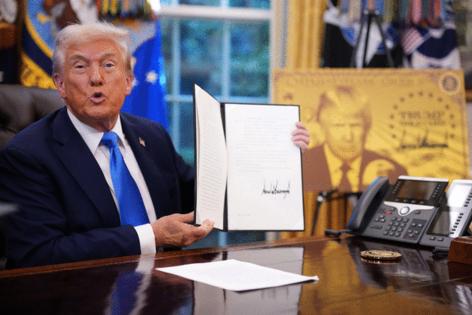


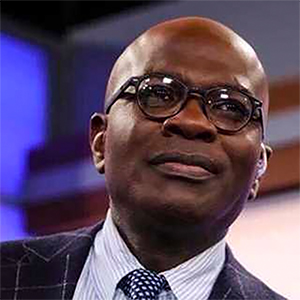



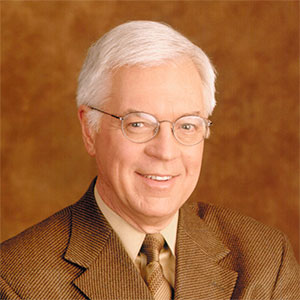















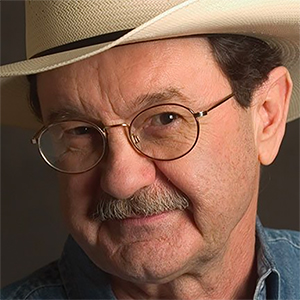


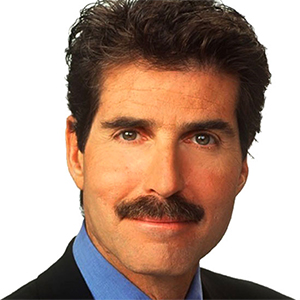
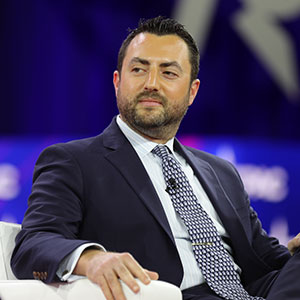
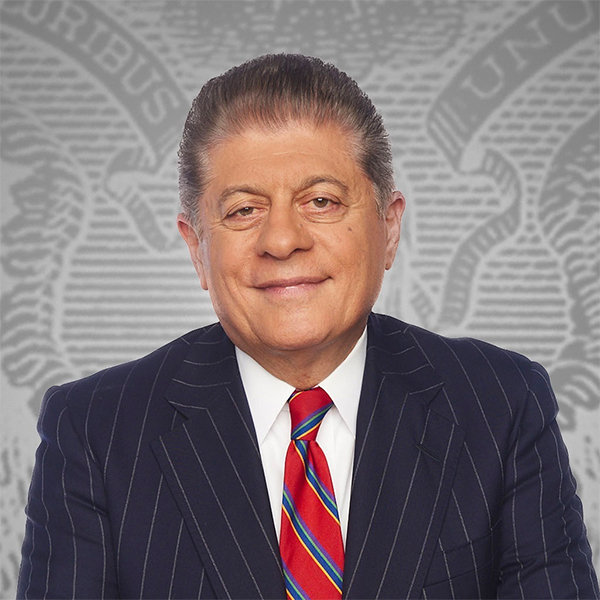

























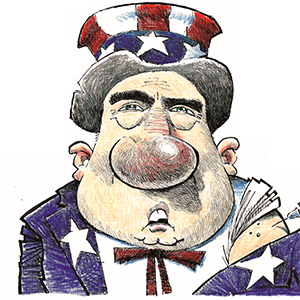
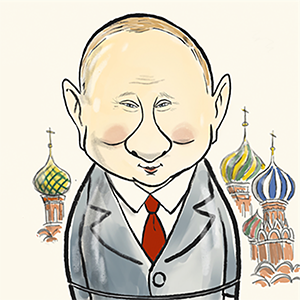
Comments